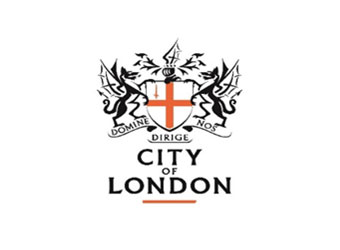Fire Stopping
Fire Stopping seals paths where fire and smoke can pass through in buildings, which restores the integrity of breached fire-rated elements. Services such as cables, pipes, and ducting can compromise fire protection by penetrating fire-resisting elements.
an overview
Why is Fire Stopping Essential for Structural Fire Safety?
Fire Stopping is a critical component of passive fire protection, ensuring that buildings are designed and built with fire compartmentation measures that comply with UK building regulations.
Fire stops are practical solutions for preventing the spread of fire and smoke within all types of buildings. By fire stopping voids and services passing through them, such as cables, pipes, and ductwork, we can ensure compliance and the effective performance of these structural elements in a fire.
At ClearView, our specialist teams are equipped to handle all aspects of passive fire protection. We offer a wide range of firestop products that adhere to approved industry regulations, including fire doors, fire barriers, batt & mastic, and fire sealing compounds. We use only the highest quality, accredited and tested materials, providing efficient and cost-effective solutions.
ClearView also offers a comprehensive Fire Risk Assessment service. As a 3rd party accredited specialist contractor, we provide a full range of passive fire protection solutions to ensure compliance and the highest levels of safety for all building occupants.
Fire compartmentation is an essential component of passive fire protection. It involves reinstating fire compartmentation or barriers that have been penetrated to prevent the spread of fire and smoke, keeping them within designated zones.
This helps to prevent smoke-logged escape routes and enables safe evacuation. Fire compartmentation is achieved by dividing a building into fire compartments using fire doors, floors, walls, cavity barriers, and fire stopping.
trusted service providers to







Qualifications
ClearView is certified for passive fire protection works by the International Fire Consultants. We have vast expertise in managing large scale and smaller fire-stopping projects.
We are members of the Fire Protection Association (FPA) and Fire Industry Association (FIA) and are also BAFE certified.
View a full list of our accreditationsFire Stopping Regulations
Passive fire protection protects from fire and smoke for a specified period, such as 60 minutes.
To comply with UK passive fire protection regulations, all installation products must meet fire resistance ratings following British standards.
The differing standards are dependent on the unique requirements of the building(s) and the types of materials used.
Read the Fire Stopping Regulations for the UKGeneral questions about Fire Stopping
It is important to have a fire risk assessment carried out by a qualified professional to determine if your building is compliant with UK fire regulations. Failure to comply can result in fines, legal action, and put the safety of occupants at risk.
There are a wide range of fire stopping products available, including fire doors, barriers, and sealing compounds.
The most suitable products for your business will depend on factors such as the size and layout of the building, the type of services passing through fire compartments, and other specific requirements.
Fire stopping systems should be inspected and maintained regularly to ensure they are functioning correctly. The frequency of inspections will depend on factors such as the age and condition of the building, and the level of use of the fire stopping systems.
The maintenance process typically involves checking for damage or deterioration and ensuring that any gaps or voids are sealed correctly.
The cost of installing and maintaining fire stopping systems will depend on factors such as the size and complexity of the building and the specific products used. While cost-effective options are available, it is important to prioritize safety and ensure that all fire stopping systems are installed and maintained to the highest standards.
GET A FREE NO
OBLIGATION QUOTE










